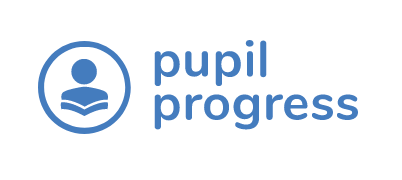How to Track Student Progress: Lessons from 200+ Bespoke Tracking Solutions

I love getting on a call with school leaders to discuss their approach to Key Stage 3 and primary tracking. One thing is clear: no two schools are alike. What works seamlessly in one setting might not work for another. I have seen and learnt from some excellent practice and also learnt the pitfalls some schools experience with their approaches.
This has led to our fantastic team at Pupil Progress to be in the perfect position to advise, solve and provide the wrap-around support to make the school leaders deliver outstanding changes to their assessment strategies. To date, we have built over 200 custom tracking solutions for schools and trusts to match perfectly with their curriculum.
On this journey, we have gained many insights. Some results were expected, others were surprising. Some made us wonder why anyone thought a one-size-fits-all method for monitoring progress would be effective. Here’s what we’ve learned:
1. Every School is Unique (Yes, Truly)
It sounds obvious, but schools are as individual as the students they serve. Student demographics, resources, teaching styles, and even school ethos all play a role in shaping what actually works.
That’s why a cookie-cutter approach just doesn’t cut it (pun fully intended). The best tracking solutions are built around the school—not the other way around.
2. Collaboration is Key
School leaders frequently tell us, “We just need something simple that works”. But ‘simple’ doesn’t mean ‘basic’—it means streamlined, effective, and built with the right people in the room.
That’s why we work with educators, not just for them. The best solutions come from open talks, real-life insights, and a shared understanding of what students and teachers need every day.
3. Flexibility is a Superpower
Education is constantly evolving. What’s a priority this year might shift next year, and a solution that’s rigid and unchangeable won’t stand the test of time.
Our approach? Build flexibility in from the start. Schools should be able to tweak and adapt their tracking systems without having to start from scratch every time a new curriculum update lands. Because let’s be honest—no one has time for that.
4. Data is Your Friend (We Promise!)
We get it—data can sometimes feel like that overenthusiastic friend who won’t stop talking in uber-specific jargon about something you thought was simple. But used wisely, it’s a game-changer.
Keep it simple. This leads to clear data that helps schools track progress, spot trends, and make smart decisions without getting lost in numbers. The best part? Schools can align on regular checks of their dashboards. This in turn can steer interventions, redistribute resources, and tailor CPD opportunities.
5. Continuous Improvement is the Name of the Game
If we’ve learned anything, it’s that even the best solutions aren’t ‘finished’—they evolve. The most successful schools are the ones that treat their tracking systems as living, breathing tools that grow and improve over time. And with the right support, making adjustments becomes a breeze rather than a burden.
Building 200+ bespoke tracking solutions has taught us that success isn’t about finding a single ‘perfect’ model—it’s about creating systems that work for your school, your students, and your goals.
With the right mix of teamwork, flexibility, and data insights, schools can make data-informed decisions. These data management solutions will work today and help improve for years to come.
Now, if only there was a way to make school improvement as easy as we make building tracking to match your curriculum… but until then, we’ll keep working on the next 200 solutions and support you all the way!

- Barnaby Grimble, Co-Founder and Chief Product Officer at Pupil Progress

Comments